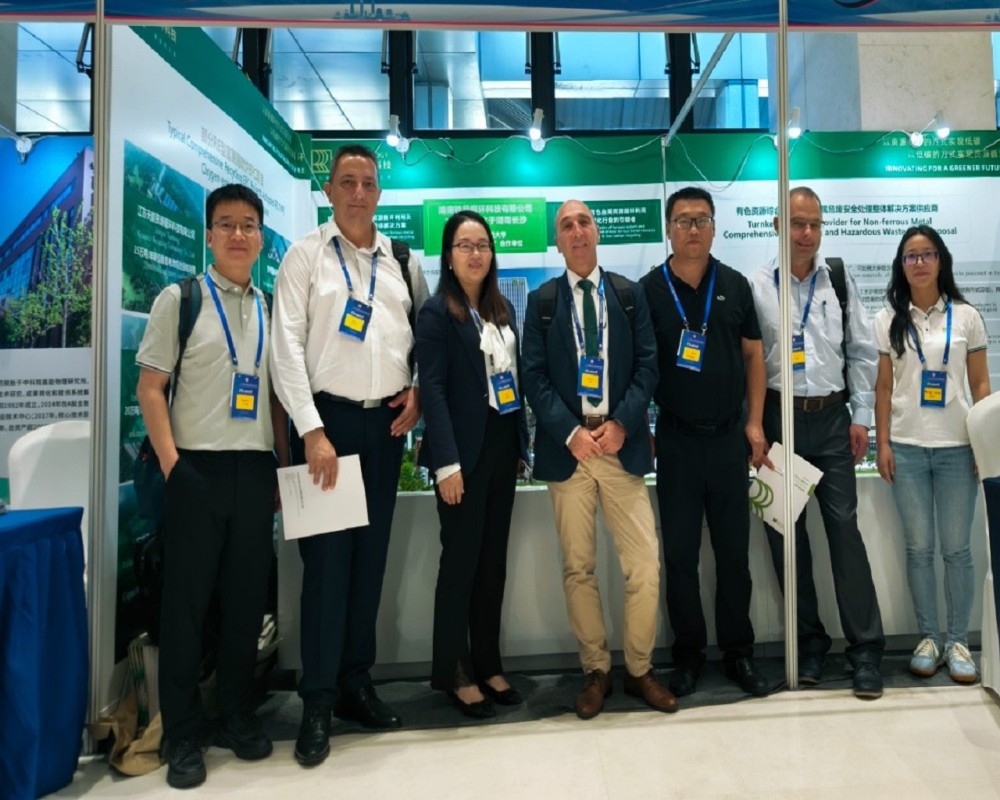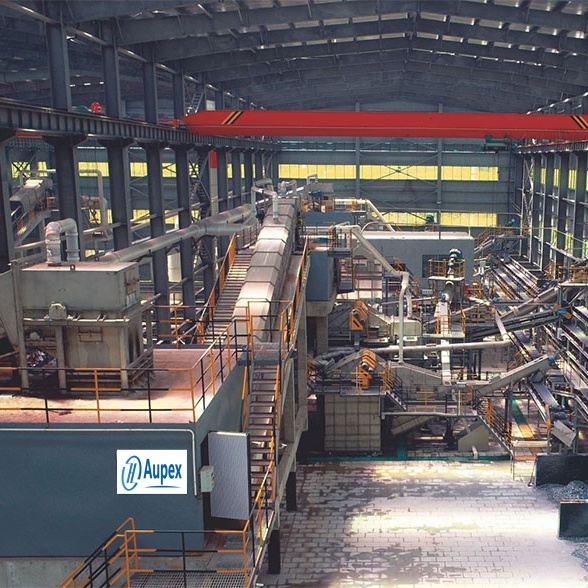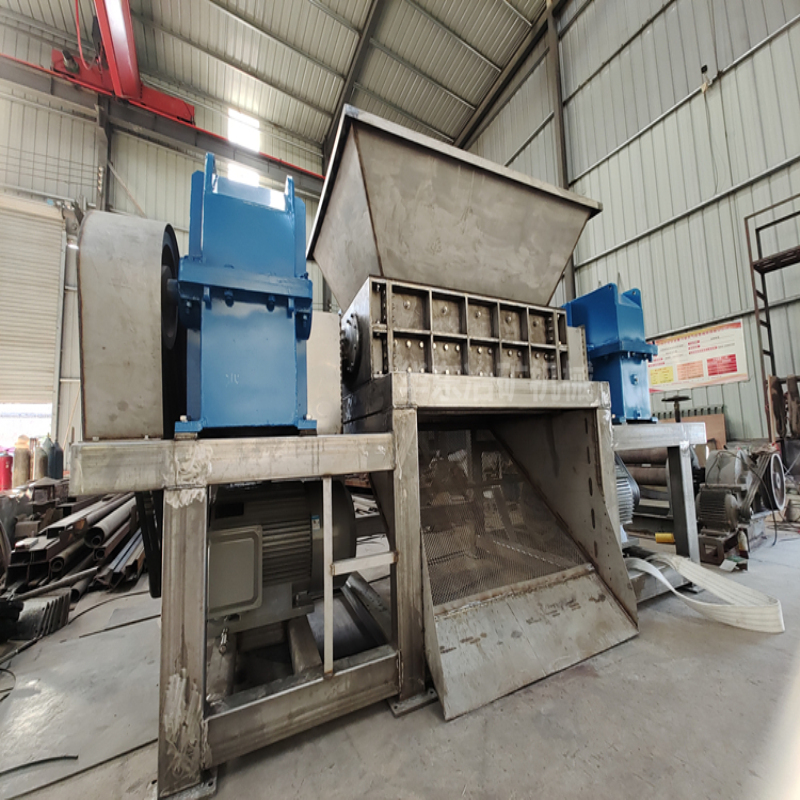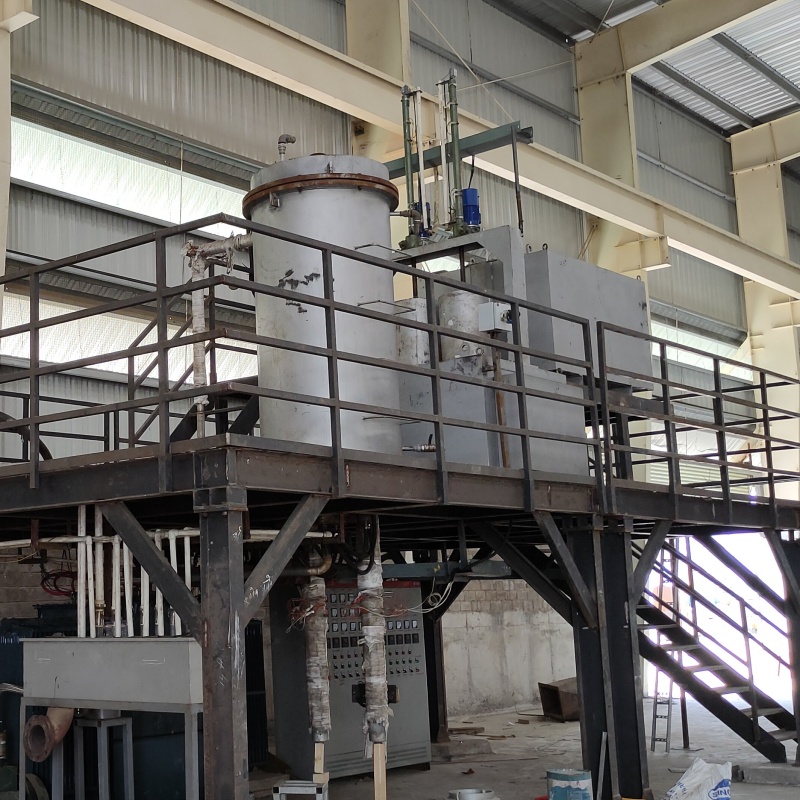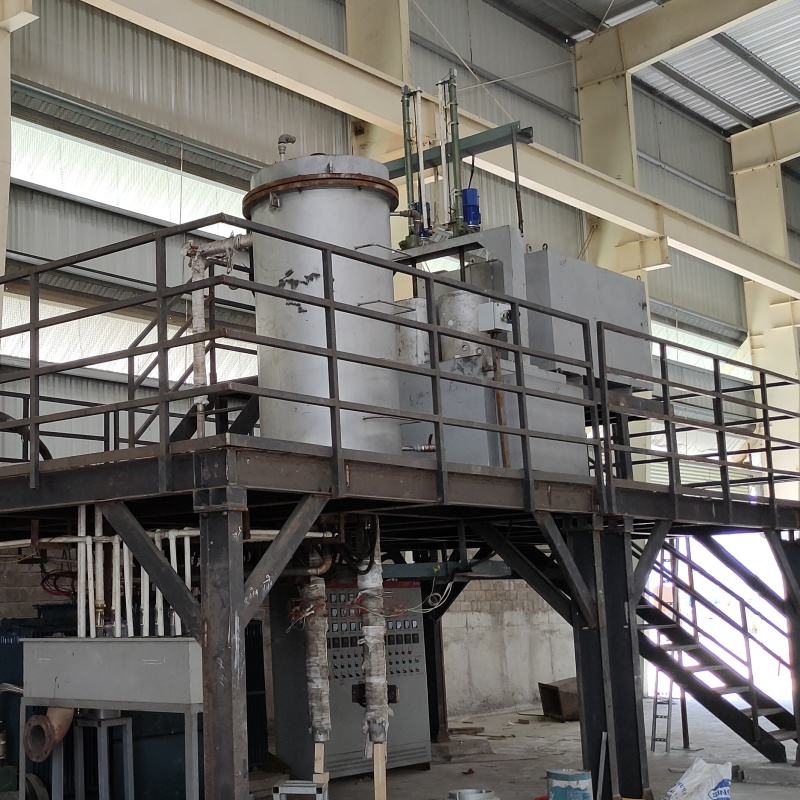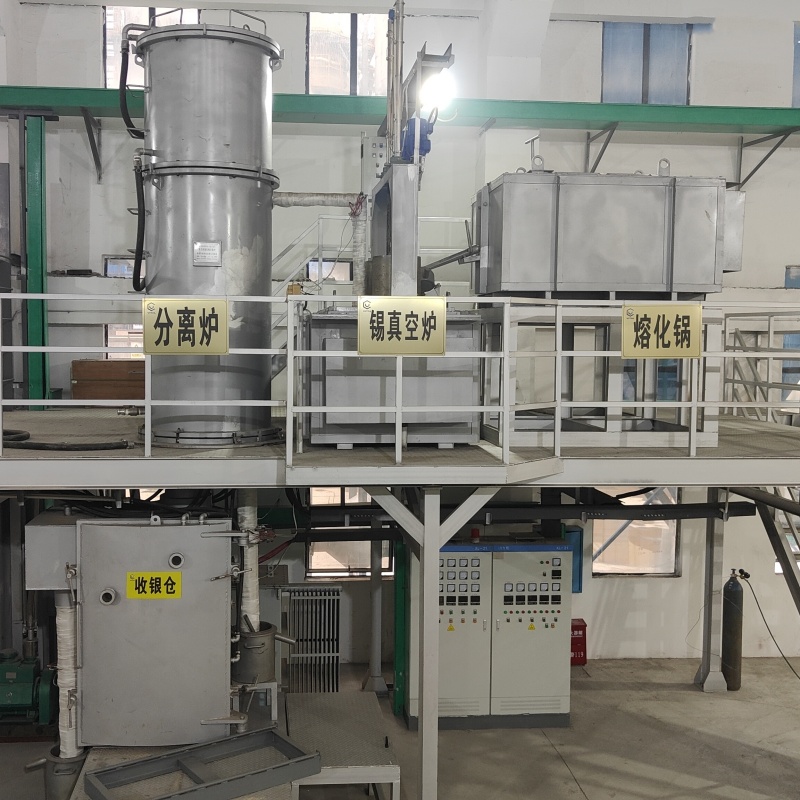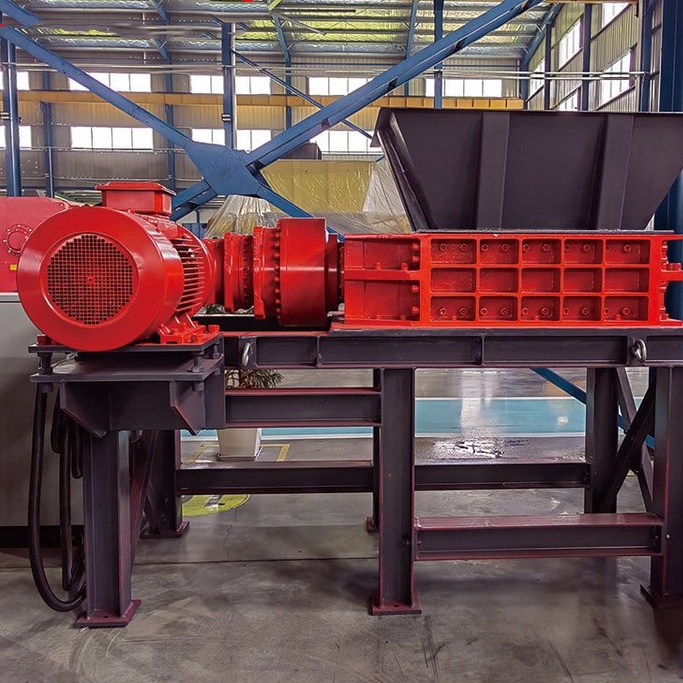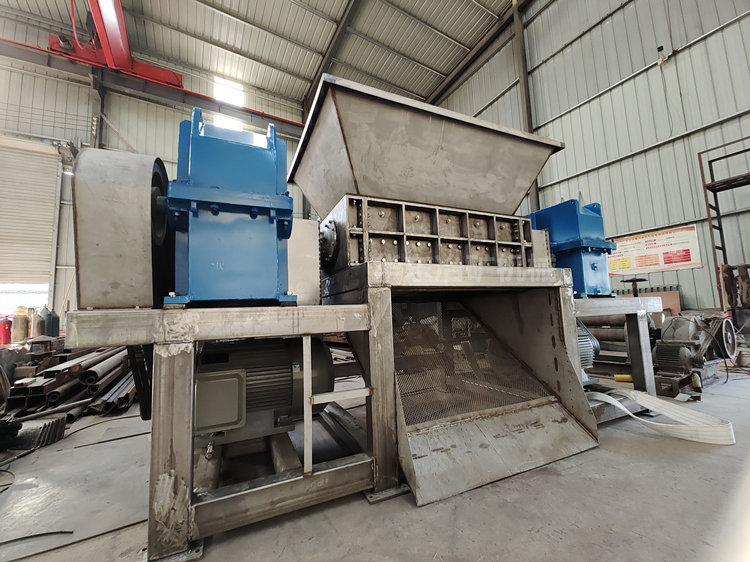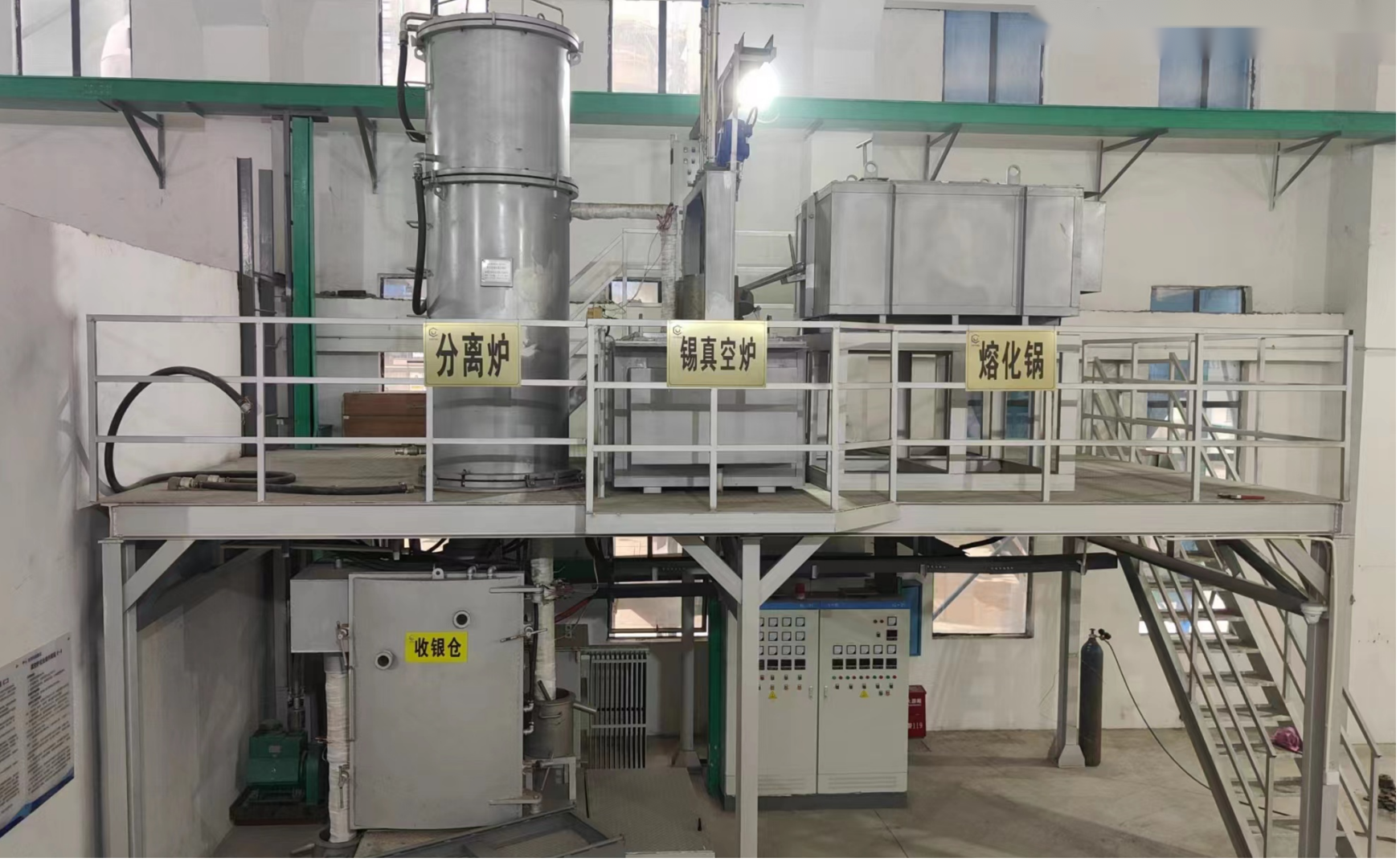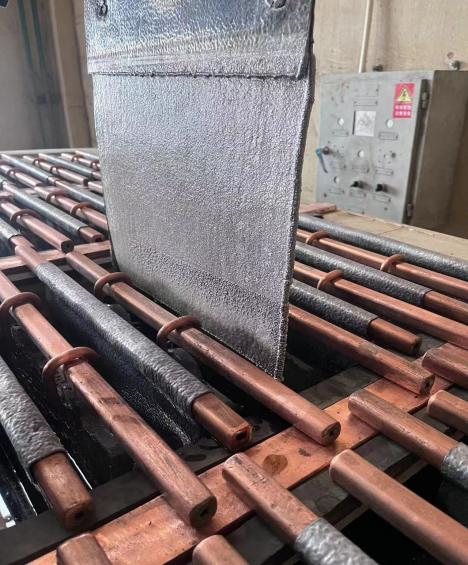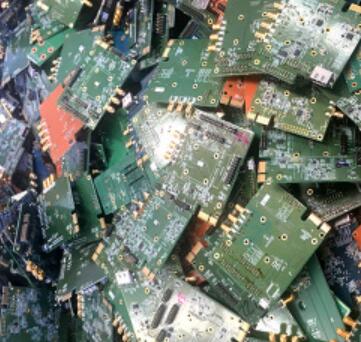On October 18, the 10th International Symposium on Lead and Zinc Processing, co-sponsored by the China Nonferrous Metals Society, Central South University, China ENFI Engineering Technology Co., Ltd., Hunan Provincial Association for Science and Technology, and the American Society of Minerals and Metals, opened in Changsha. As the most influential international event for the lead and zinc industry, this International Symposium on Lead and Zinc Processing is the first to be held in China since its inception in 1970. More than a thousand experts, scholars, researchers, and corporate representatives from more than 20 countries attended the conference to fully discuss hot topics such as the green transformation and development of the global non-ferrous metal lead and zinc industry, technological innovation breakthroughs, and secondary resource utilization, environmental protection, and green development of the lead and zinc industry. At the opening ceremony, Zhang Dafang, Vice Chairman of the Provincial CPPCC, Li Jiancheng, Academician of the Chinese Academy of Engineering and President of Central South University, and others delivered speeches to the conference. Academicians of the Chinese Academy of Engineering Gui Weihua, Chai Liyuan, and Shen Zhengchang, as well as academicians and experts from the National Academy of Engineering of the United States, the Canadian Academy of Engineering, the Royal Society of Canada, the Russian Academy of Engineering, and the Singapore Academy of Engineering attended the conference. Hunan Ruiyi Zihuan Technology Co., Ltd. appeared in this conference as a supporting unit, and the company's chairman Liu Wei served as the vice chairman of the conference organizing committee.
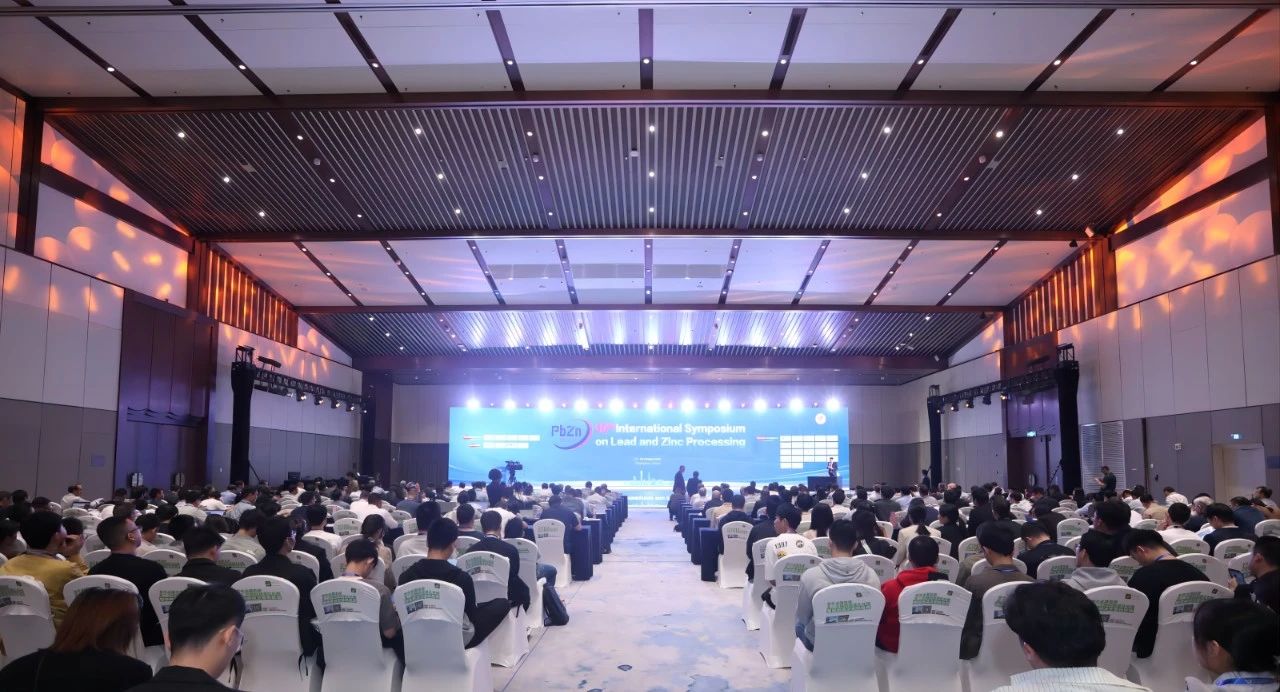
Chai Liyuan, an academician of the Chinese Academy of Engineering and vice president of Central South University, delivered a report entitled "Analysis of Green Development of China's Lead and Zinc Industry" at the conference. He analyzed the situation and challenges faced by the green innovation and development of lead and zinc metallurgy from the three dimensions of resources, environment and energy. In recent years, China's lead and zinc industry has achieved rapid development, and its lead and zinc production and consumption have ranked first in the world for many years. However, the grade of my country's advantageous reserves of mineral metal resources is low, and it is difficult to mine and utilize them. At the same time, the lead and zinc industry is also facing development bottlenecks such as the urgent need to optimize the energy structure and the urgent need to reduce pollution and carbon. Chai Liyuan suggested that we should gather the powerful force of the global "political, industrial, academic, research, application and finance" and comprehensively deploy "green, low-carbon, circular, intelligent and high-end" forward-looking technologies to achieve technology for resources, technology for energy and technology for ecology. Recycled metals have low energy consumption, outstanding energy-saving and emission reduction benefits and low production costs, which will become an important development trend in the future.
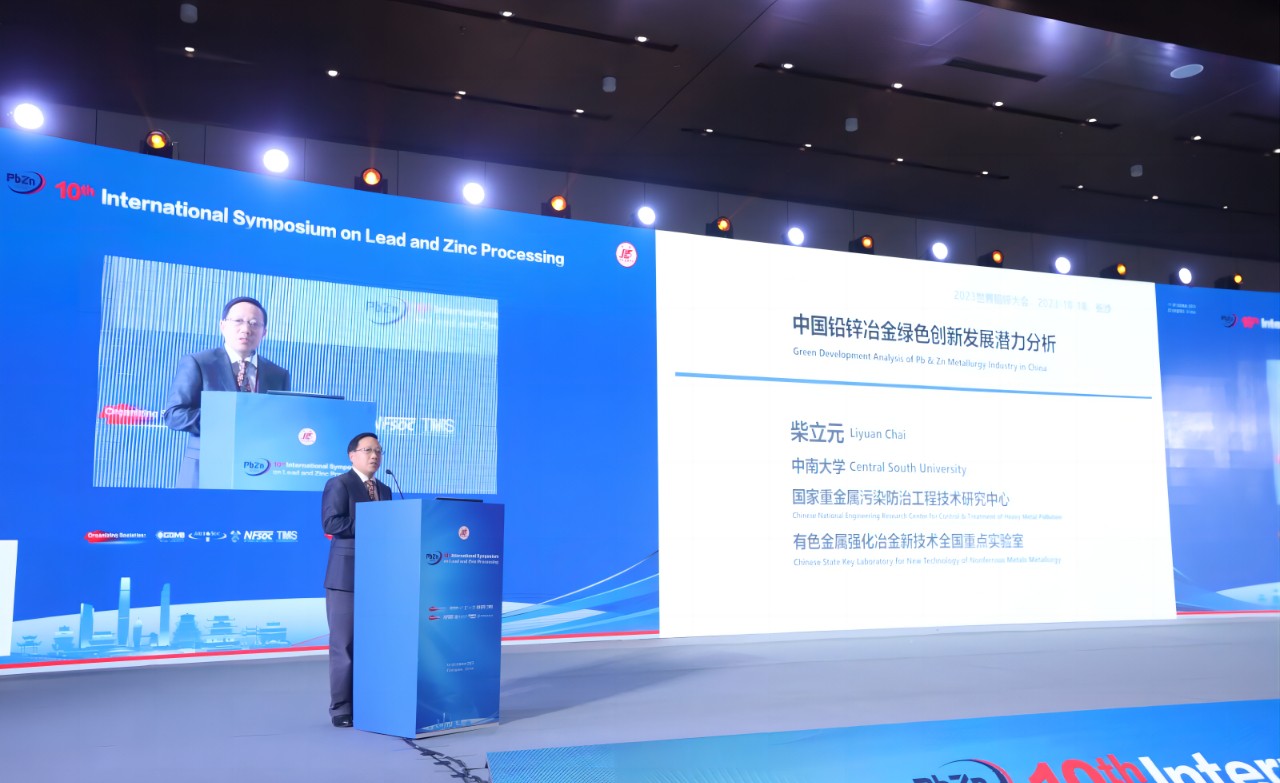
Since its establishment, Hunan Ruiyi Environmental Protection Technology Co., Ltd. has always adhered to the concept of "realizing low carbon through resource recycling and resource recycling through low carbon", and is committed to the technical innovation and industrial application of safe disposal and resource utilization of non-ferrous metal solid hazardous waste. The RE-type series of oxygen-enriched side-blowing clean smelting core equipment and key technology process packages developed by the company with independent intellectual property rights have solved the long-term problems of high energy consumption and high pollution faced by industries such as recycled lead, electroplating sludge, and high-arsenic hazardous waste, promoted the technological progress of the recycled lead industry and the conversion of old and new production capacity, and promoted the transformation and upgrading of the hazardous waste management industry from terminal disposal to full resource utilization, and helped the green and low-carbon development of the non-ferrous metal resource recycling industry with practical actions.
